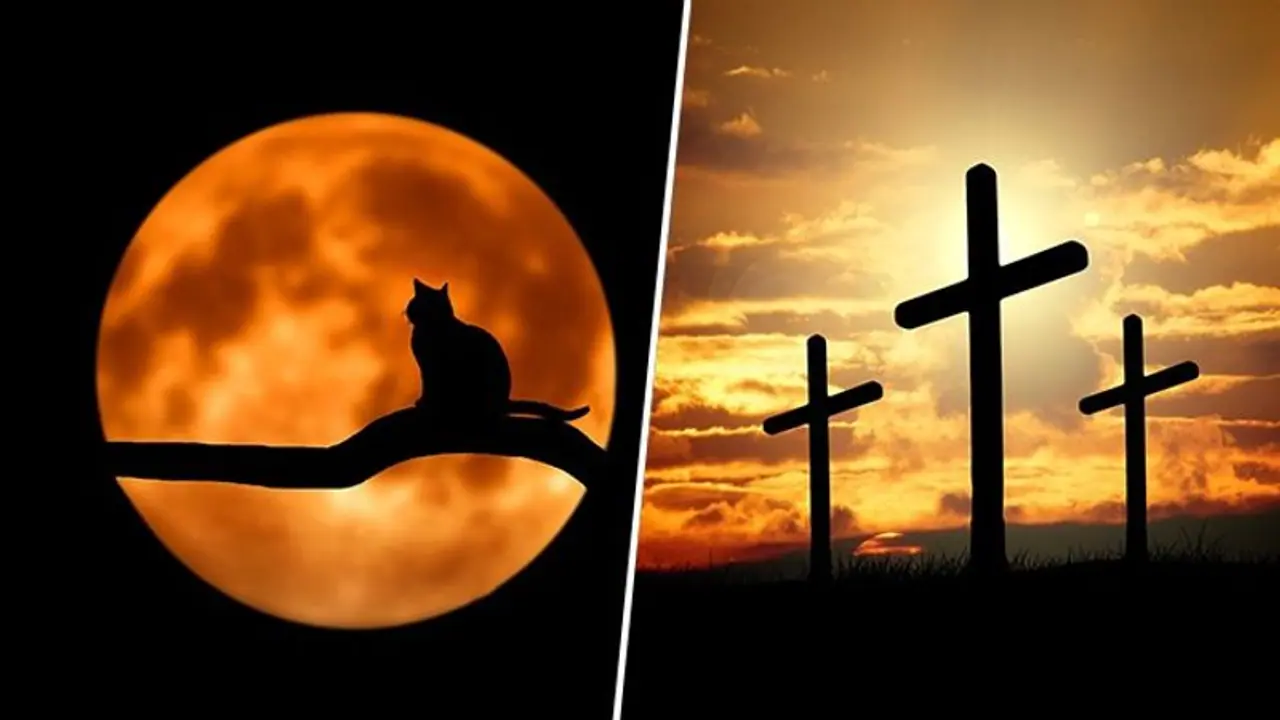Halloween, rooted in Celtic and Christian traditions, evolved in the US with commercialization and entertainment. It's a global holiday with unique customs and spooky facts
Halloween, a celebration marked by spooky costumes, haunted houses, and a bounty of sweets, has become a widely anticipated holiday in many parts of the world. This festivity, with its origins shrouded in history and tradition, has evolved into a diverse and vibrant spectacle. In this exploration of Halloween's origin, history, and intriguing facts, we'll delve into the roots of this holiday, the evolution of its customs, and some captivating details that have made it a global phenomenon.


Origin:
Halloween, with its roots deeply entwined with ancient Celtic and Christian traditions, has a complex and fascinating origin. It primarily traces back to the Celtic festival of Samhain, celebrated around November 1st, marking the end of the harvest season and the beginning of winter. The Celts believed that on the night before Samhain, the boundary between the living and the dead became blurred, allowing spirits to roam freely. To ward off malevolent entities, people lit bonfires and dressed in costumes.
As Christianity spread, the Church sought to supplant pagan festivals with Christian ones, leading to the establishment of All Saints' Day (or All Hallows) on November 1st and All Souls' Day on November 2nd. October 31st thus became known as All Hallows' Eve, later shortened to Halloween. The fusion of pagan and Christian traditions created the foundation for Halloween as we know it today.
History:
Halloween made its way to the United States through Irish and Scottish immigrants in the 19th century. It initially had strong religious and community elements, with festivities including parades, storytelling, and fortune-telling games. It was also a night for young people to engage in matchmaking and youthful pranks.
The late 19th and early 20th centuries saw Halloween's transformation into a more secular, commercial holiday. The holiday's customs began to include trick-or-treating, where children dressed in costumes would go door-to-door, asking for treats. Over time, costumes diversified beyond the traditional ghost and goblin outfits to include everything from superheroes to animals.
Hollywood and the entertainment industry played a significant role in shaping Halloween's modern identity. Horror films, such as "Halloween" and "Psycho," contributed to the holiday's association with fear and the macabre. Haunted houses and elaborate decorations became commonplace in many neighborhoods.
Facts:
Jack-o'-Lanterns: Originally carved from turnips in Ireland, the use of pumpkins for Jack-o'-Lanterns became popular in the United States.
Candy Consumption: Halloween is a candy lover's dream. It's estimated that Americans purchase over 600 million pounds of candy for Halloween.
Costume Craze: Halloween costumes are not just for kids. Adults enjoy dressing up too, with themed parties and elaborate costumes.
Global Celebration: While Halloween is most popular in the United States, it's celebrated in many countries, with variations in customs and traditions.
Witches and Black Cats: Witches and black cats have long been associated with Halloween, owing to historical superstitions and folklore.
Halloween is a holiday with deep historical roots, evolving over the centuries into a commercialized and globally celebrated event. Its origin in ancient Celtic and Christian traditions, coupled with its diverse history and intriguing facts, make Halloween a unique and ever-evolving cultural phenomenon.
